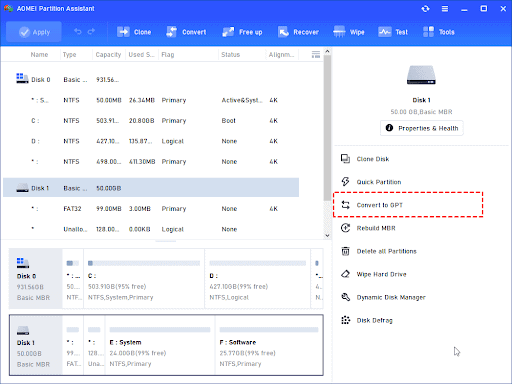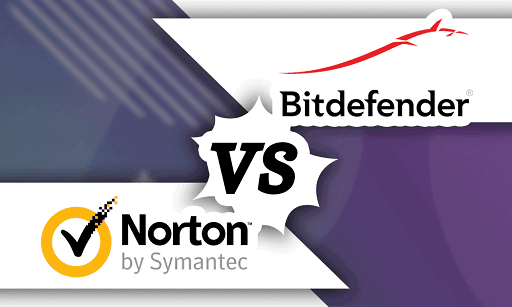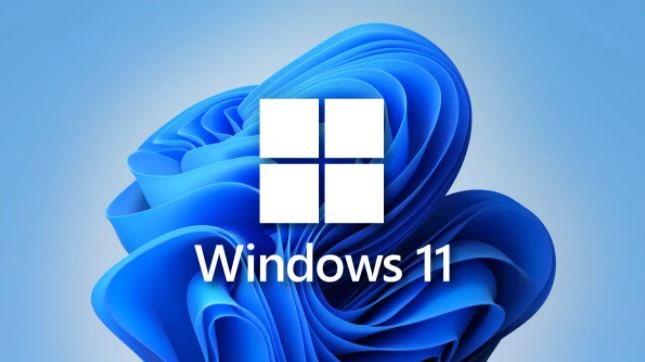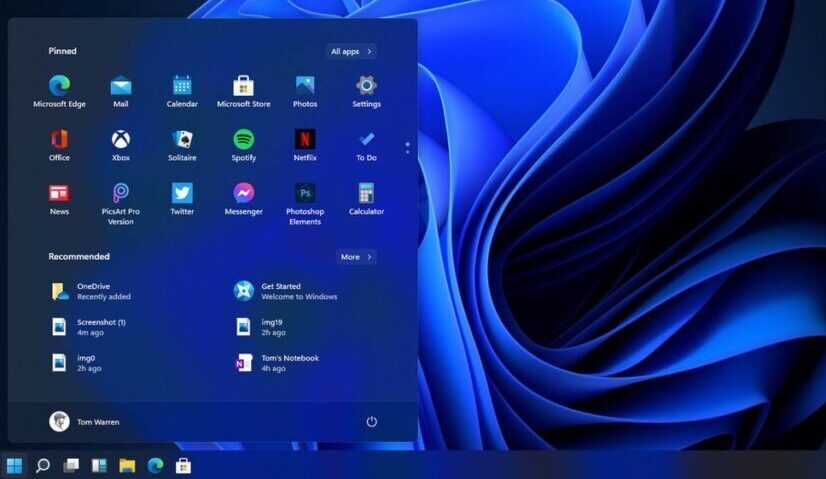BitLocker on Windows 11 adds an extra layer of security by encrypting your device and files to protect them from unauthorized access. Encryption scrambles the data on the drive, making it unreadable to anyone who does not have the correct decryption key.
BitLocker is a security feature in Windows 11 Pro, Enterprise, and Education editions. However, “device encryption,” a limited version of BitLocker, is available in Windows 11 Home.
It functions the same as the full version but lacks many of the advanced management settings and capabilities, such as “BitLocker To Go.” Furthermore, when using device encryption, all drives will automatically encrypt, whereas the full version of BitLocker allows you to select the storage using encryption.
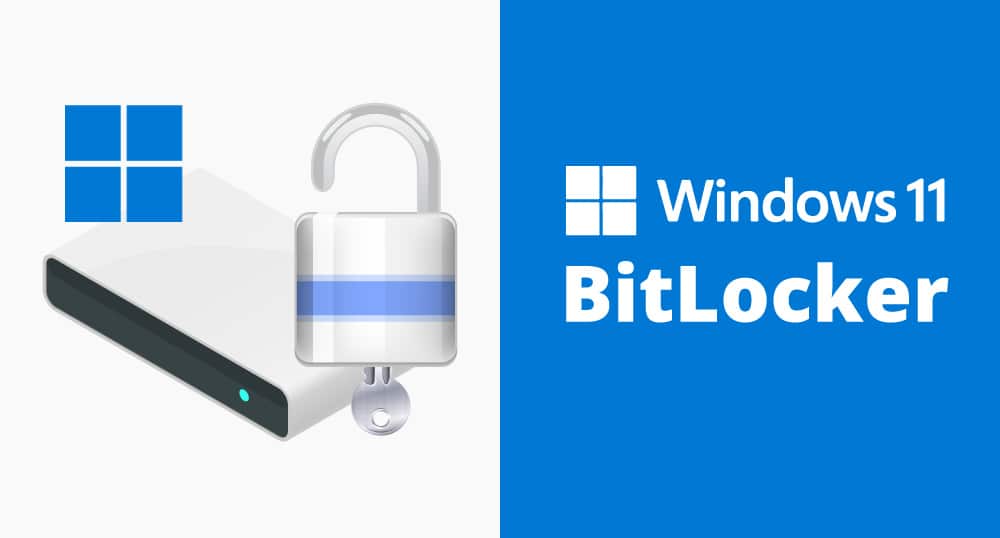
This Windows 11 guide will walk you through the steps to get started with BitLocker device encryption on your computer.
How to set up BitLocker on Windows 11 Pro
Here is how to configure BitLocker in the Pro edition of Windows 11:
- Open Settings.
- Click on Storage.
- Under the “Storage management” section, click on Advanced storage settings.
- Click on Disks & volumes.
- Select the drive with the partition to encrypt.
- Select the partition to enable encryption.
- Click the Properties button.
- Click the Turn on BitLocker option.
- Click the Turn on BitLocker option again.
- Choose a backup option for the recovery key, such as Save to your Microsoft account. Quick reminder: The recovery key can always be found in your Microsoft account (opens in a new tab). Furthermore, the option to save online is only available if the account is linked to a Microsoft account.
- Click the Next button.
- Select the Encrypt used disk space only option.
- Click the Next button.
- Select the New encryption mode option.
- Check the Run BitLocker system check option.
- Click the Restart now button (if applicable).
Once the steps are completed, the system will begin encrypting the data on the drive.
While in the “BitLocker Drive Encryption,” it is also possible to encrypt other drives, such as secondary storage, external USB hard drives, and removable data drives, using “BitLocker To Go.”
You may also like: How to enable Secure Boot on PC to install Windows 11
Remove BitLocker encryption
Here is how to remove the system encryption:
- Open Control Panel.
- Click on System and Security.
- Click on BitLocker Drive Encryption.
- Under the “Operating system drive” section, click the Turn off BitLocker option.
- Click the Turn off BitLocker button again.
After the steps are completed, the decryption process will take a while, depending on how large the drive is and your data.
How to set up BitLocker on Windows 11 Home
Here is how to configure BitLocker in the Home edition of Windows 11:
- Open Settings.
- Click on Privacy & Security.
- Click the Device encryption setting.
- Turn on Device encryption toggle switch.
- (Optional) Under the “Related” section, click the BitLocker drive encryption option.
- Under the “Operating system drive” section, click the Back up your recovery key option.
- Click the Save to a file option.
- Save the BitLocker recovery key in a different location.
- Click the Save button.
Once the steps are completed, BitLocker will turn on the system to encrypt the files on the drive.
This BitLocker version is only available on certain devices. If you don’t see it, the device probably doesn’t support device encryption. This feature is commonly found on Microsoft Surface devices as well as those from other manufacturers such as HP, Lenovo, and Dell.
You may also like: How to password folder on Windows 11
Remove BitLocker encryption
Here are steps to decrypt a device using BitLocker:
- Open Settings.
- Click on Privacy & Security.
- Click the Device encryption setting.
- Turn off the Device encryption toggle switch.
After the steps are completed, the decryption process will begin on the device.
Would you like to read more about BitLocker Windows 11-related articles? If so, we invite you to take a look at our other tech topics before you leave!
![]()








